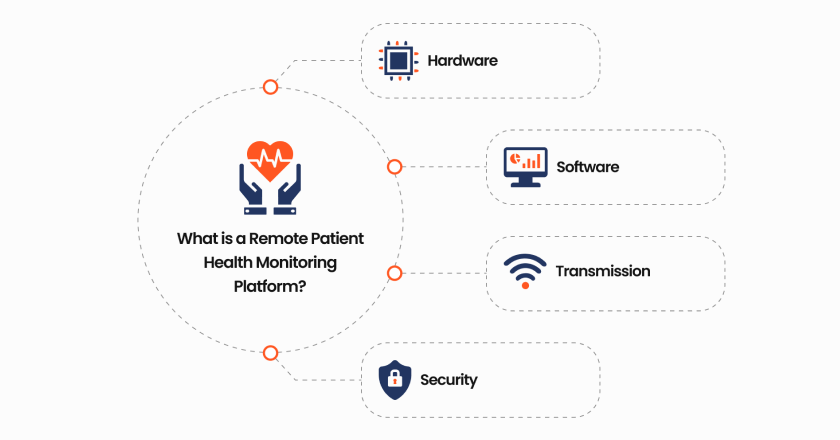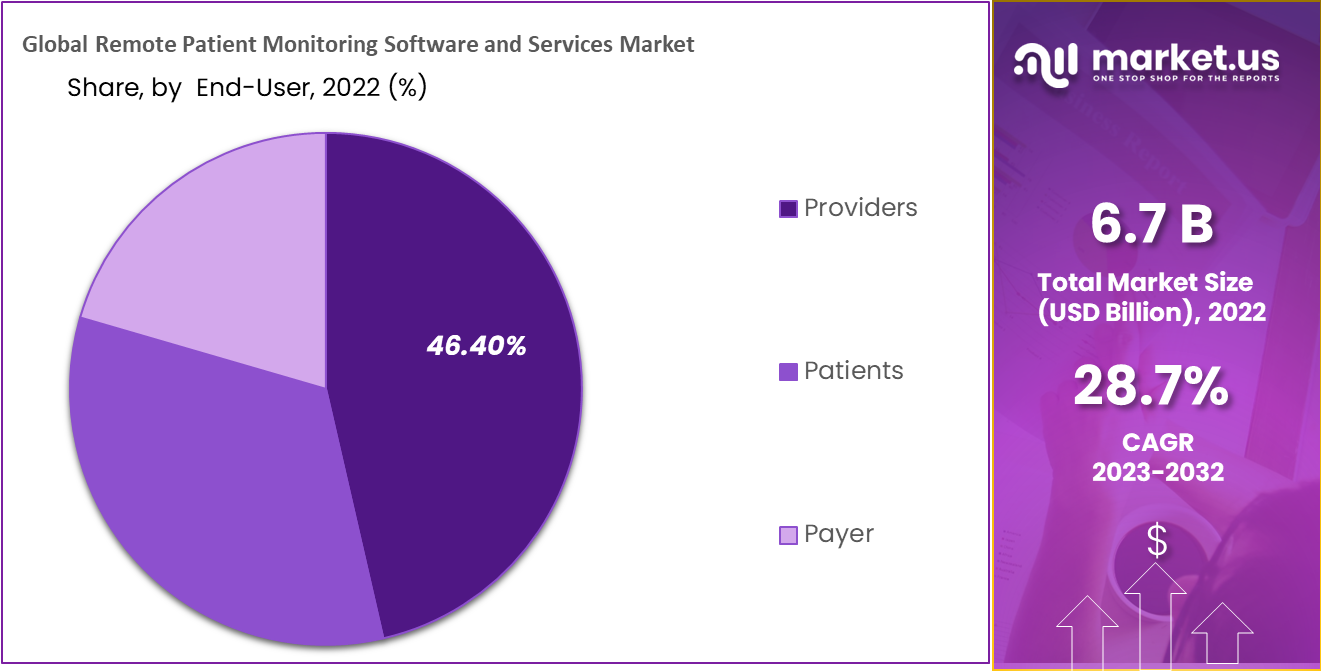User-Friendly Software for Remote Patient Monitoring: Easy Assimilation and Use
User-Friendly Software for Remote Patient Monitoring: Easy Assimilation and Use
Blog Article
The Future of Health Care: Remote Patient Keeping Track Of Streamlined
As medical care proceeds to develop, one location that holds enormous assurance is remote patient monitoring. The principle of streamlining this process via technical improvements is reshaping the way care is delivered and received. With a concentrate on improving patient results and enhancing health care distribution, remote surveillance is poised to revolutionize the market. By discovering the advantages, technical advancements, and future trends in this field, we can obtain valuable understandings right into the transformative capacity of remote client monitoring.
Benefits of Remote Individual Surveillance
Remote individual monitoring provides a wide range of advantages for both healthcare service providers and people alike. Additionally, remote person tracking enhances the total high quality of care by providing a much more alternative and comprehensive view of clients' health status beyond conventional in-person visits.
Moreover, remote individual surveillance can bring about enhanced client results and fulfillment. Patients can delight in the convenience of obtaining care in the comfort of their own homes while still knowing that their health is being very closely kept track of. This can cause boosted individual involvement and adherence to therapy plans, inevitably causing far better health outcomes. In addition, remote surveillance can decrease the demand for constant hospital check outs, reducing health care costs for both suppliers and individuals. Overall, the advantages of remote patient tracking are clear, making it an important tool in modern healthcare shipment.
Technology Driving Remote Monitoring
In the world of modern-day medical care, technical innovations play a pivotal role in driving the development and performance of remote client surveillance. The integration of ingenious technologies such as wearable tools, mobile applications, and cloud-based systems has transformed the means medical care providers remotely handle and keep an eye on patient health - remote patient monitoring software. These innovations allow constant real-time tracking of essential indicators, drug adherence, and various other critical wellness information, enabling timely interventions and individualized treatment plans
One key innovation driving remote monitoring is the Net of Points (IoT), which makes it possible for smooth connection in between medical gadgets and healthcare systems. IoT gadgets such as smartwatches and cordless sensors accumulate and transmit person information to central systems, promoting remote monitoring from anywhere in the world. Synthetic intelligence (AI) and equipment learning algorithms additionally enhance remote tracking by examining large quantities of patient data to spot patterns, predict wellness trends, and alert medical care carriers to potential issues.
Influence On Health Care Shipment
With the combination of advanced modern technologies driving remote person monitoring, the effect on healthcare delivery is ending up being transformative and progressively extensive. Remote individual monitoring enables healthcare service providers to provide even more aggressive and individualized treatment to clients, resulting in enhanced wellness outcomes and lowered health center admissions. By remotely tracking crucial indicators, signs and symptoms, and medication adherence, medical care specialists can interfere early, protecting against complications and improving the total high quality of treatment.
Moreover, remote surveillance boosts accessibility to healthcare solutions, especially for individuals in underserved or country areas. Individuals can obtain continual monitoring and assistance from their homes, getting rid of the demand for constant in-person gos to. This not just conserves time and lowers prices for both individuals and health care centers however likewise reduces the threat of direct exposure to infectious diseases, an important consideration in the current medical care landscape.
Furthermore, remote individual surveillance enables medical care companies to better designate resources and focus on treatment based on real-time data. By determining risky individuals and intervening quickly, health care delivery becomes extra reliable and effective, inevitably bring about a much more lasting and patient-centered medical care system.
Improving Person Outcomes

In addition, RPM permits proactive management of persistent conditions, decreasing the probability of intense worsenings and medical facility readmissions. Individuals gain from raised convenience and comfort, as they can get care in their own homes while staying linked to their health care carriers. This continuous surveillance not just improves client fulfillment however likewise promotes a feeling of empowerment and interaction in their own health and wellness management.
Future Trends in Remote Monitoring
Accepting advanced modern technologies in remote patient tracking is shaping the future landscape of healthcare distribution. One substantial fad is the enhanced usage of wearable tools and sensors to collect real-time information, making it possible for health care companies to monitor look at these guys people constantly without the need for click here now constant in-person visits.

Additionally, telehealth platforms are becoming a lot more innovative, permitting digital appointments, remote diagnosis, and remote client keeping an eye on done in one integrated system (best remote patient monitoring software). This alternative technique to remote surveillance is simplifying healthcare distribution, improving individual complete satisfaction, and eventually, enhancing total quality of treatment
Conclusion
Finally, remote individual surveillance provides countless advantages in medical care delivery, driven by improvements in innovation. It has the possible to boost individual results and reinvent the method health care is supplied. Future fads in remote tracking will certainly proceed to shape the landscape of health care, giving chances for more tailored and efficient patient treatment.
Remote person monitoring provides a wide variety of advantages Continued for both health care companies and clients alike. Furthermore, remote person surveillance improves the total top quality of treatment by offering a more alternative and extensive sight of clients' health and wellness condition beyond traditional in-person brows through.
Furthermore, remote patient surveillance can lead to better client results and fulfillment. Remote person tracking enables healthcare carriers to offer even more positive and customized care to people, leading to boosted health and wellness results and minimized medical facility admissions. Remote client monitoring (RPM) plays a substantial duty in improving individual end results by offering continuous, real-time data that makes it possible for healthcare carriers to intervene quickly and readjust therapy strategies as required.
Report this page